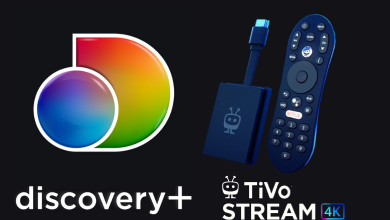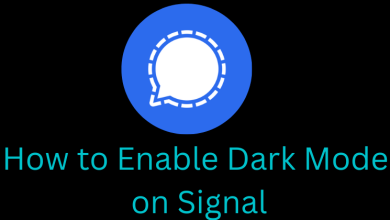As more Earth-observing satellites are sent into space, the satellite images they capture increasingly find their way into our lives. Not only can we see Earth pictures in debunking articles by investigative journalists or alarming reports on climate change — but we can also access and interpret this data for our own purposes.
The current selection of satellite imagery is tremendous. A wealth of space-borne data from government space programs is made available for public free use. Images collected by the latest commercial satellites can be bought directly from imaging providers or resellers. The latter often create digital platforms that aggregate multiple datasets to help clients find the best free real-time satellite images in shorter terms. Some companies also offer samples of high resolution satellite imagery free to give an idea of the data quality.
Contents
Science Behind Spaceborne Data
The acquisition of Earth data through sensors aboard satellites is what we call satellite imaging.
Passive satellite sensors measure the radiation coming from Sun and bouncing off natural and man-made features on the Earth’s surface to deliver optical satellite data. Active sensors emit own radiation to produce radar data. Although active remote sensing is energy-intensive, the output data is all-weather and round-the-clock. It is an advantage over optical imagery that can only be captured in the daytime and may be affected by clouds at certain seasons or weather events.
Satellite Data Resolutions in Simple Terms
One of the satellite image parameters that are essential when choosing the right data for one’s needs is resolution.
Temporal resolution indicates the frequency of satellite revisits, or how often one can get an image of the same location, from the exact same sensor. Repeated acquisition in 5-16 days is considered a medium resolution, while commercial satellites allow rapid revisits several times per day. There are also geostationary weather satellites that deliver free real time satellite images every 10-15 minutes.
Spectral resolution refers to the number of spectral bands in the electromagnetic spectrum “seen” by a sensor mounted on a satellite. Aside from visible light, sensors can discern as many as several hundreds of bands, covering infrared, ultraviolet light, etc. Free satellite images sourced by government missions are mostly of medium spectral resolution: eleven bands in Landsat 8; thirteen bands in Sentinel-2.
Spatial resolution is usually implied when imagery providers market their data products or customers describe the level of accuracy they want. It indicates the pixel-wise size of the smallest object an image can show. The finest restriction-free high resolution satellite imagery as of today is that of SkySat with its 30-50 cm/pixel images, so every pixel is about the size of a wall picture. Most commercial imaging companies try to push the 30-cm limit a little bit more; for instance, Albedo startup announced the launch of a satellite capable of producing 10 cm/pixel resolution images.
Accessible Satellite Imagery
There is a multitude of online hubs for accessing spaceborne data. USGS EarthExplorer and Copernicus Open Access Hub are the most notorious platforms offering public satellite imagery from the respective Earth observation initiatives. Alternatively, there are others like EOSDA LandViewer that gather lots of datasets in one place — both free and commercial ones — and provide the tools for their analysis.
Developed by EOS Data Analytics, this digital platform facilitates the navigation across miscellaneous archives of global satellite imagery via a simple interface. Users with or without GIS knowledge can search, view, analyze, and download low- and medium-resolution optical and radar images, or get high resolution satellite images free previews and make orders.
Besides decades’ worth of data from NASA and USGS’s and ESA’s programs, EOSDA LandViewer offers CBERS-4, MODIS, and NAIP aerial image products. The platform also hosts sets of high to very high spatial resolution imagery from Chinese and Korean imaging companies (Gaofen 1, 2; KOMPSAT-2, 3, 3A, TripleSat, Ziyuan-3, and SuperView) available for preview and custom orders.
Amazing Use Cases for Earth Observations
Depending on the temporal, spatial, and spectral resolution, satellite data is a source of insights about Earth that disrupt many industries.
- Space-led digging
Archeologists are leveraging the data from space to locate yet undiscovered ancient sites scattered all over Earth. Global Explorer is one example of such digital space where amateur “space archeologists” are using Google Earth and sometimes purchased DigitalGlobe images in visual and infrared spectra to trace the course of vegetation changes and detect hidden man-made structures.
- Humanitarian aid
Revolutions in third-world countries tend to provoke massive escape of residents and the creation of refugee camps. Up-to-date satellite imagery allows humanitarian agencies like the UN to monitor irregular settlements and better plan the supply of food, water, and shelter materials to prevent the crisis.
- Monitoring oil tanks
With high resolution satellite imagery free access, oil businesses can track oil reserves. The spaceborne data of high accuracy allows for distinguishing shadows cast by floating oil tank roofs that are usually circular to prevent evaporation. More shadows would indicate fewer oil reserves. It is a great way to save the time and resources required for a manual checkup of each tank.
Thanks for visiting techowns.com.



